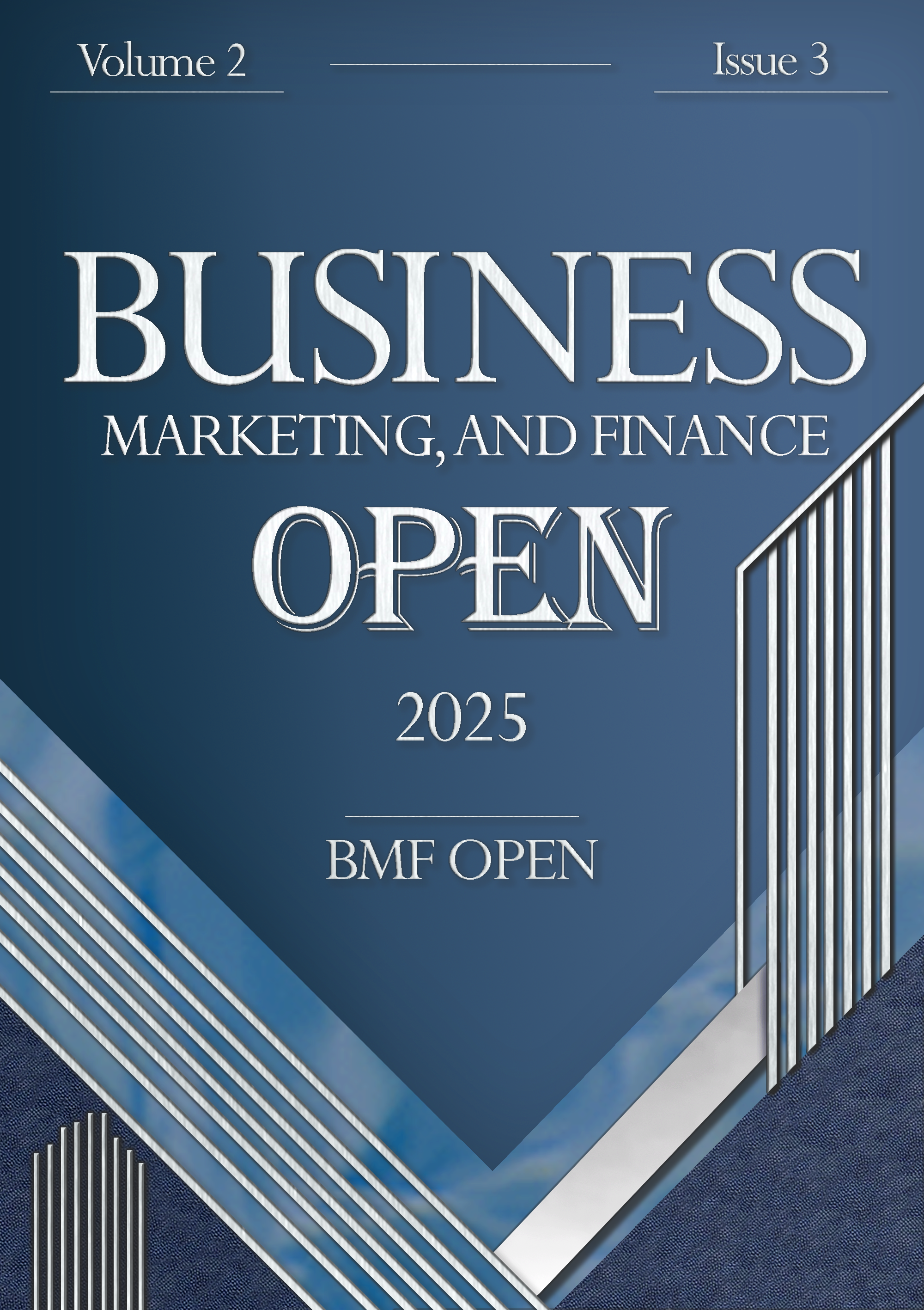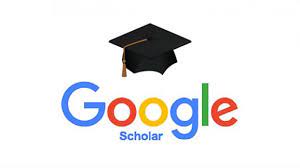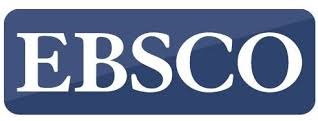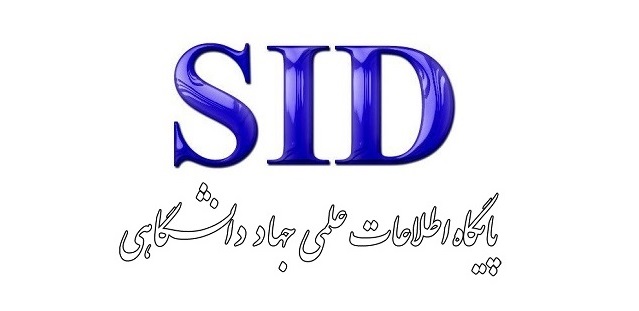Proposed Model for Asset Lifecycle Management through the Internet of Things
Keywords:
Asset lifecycle management, Internet of Things, model proposal, emerging technologyAbstract
Given the profound and extensive developments in information technology across the business landscape, the domain of asset and resource management within large-scale manufacturing corporations is also expected to undergo significant transformation. As asset management is one of the core and enduring managerial functions in large organizations, and as top executives consistently seek up-to-date, innovative, and technology-driven solutions for optimal resource management, this study aims to propose a model for asset lifecycle management through the Internet of Things (IoT). The research, in terms of its aim, is applied-developmental in nature, and methodologically, it is a non-experimental (descriptive) study conducted using a cross-sectional survey approach. Regarding the research method, it should be noted that a qualitative content analysis was first conducted to design an IoT-based asset lifecycle management model by reviewing 60 reputable Persian and English scientific articles published between 2011 and 2023. Additionally, using the grounded theory method, in-depth interviews were conducted with 10 experts and managers in the fields of IoT and asset management. After open coding of the interview transcripts and generating frequency charts for each interview's codes, axial coding was performed to identify major categories. As a result, 7 core themes and 38 sub-themes were extracted and organized into the proposed model for implementing IoT-based asset lifecycle management. The findings revealed that by analyzing and categorizing the descriptive codes extracted from the interview transcripts, a total of 38 sub-themes were identified. These were grouped into 7 main themes based on their semantic proximity and relevance: asset lifecycle management, asset lifecycle planning, asset acquisition, strategic alignment, IoT-enabled reporting, process automation through IoT, and IoT implementation within the organization. The outcomes of the proposed model demonstrate the influential role of the Internet of Things as an emerging technology in asset management. Its practical application can lead to a major transformation in safeguarding and optimizing the management of institutional assets and properties.
References
B. Farahani, F. Firouzi, and M. Luecking, "The convergence of IoT and distributed ledger technologies (DLT): Opportunities, challenges, and solutions," Journal of Network and Computer Applications, vol. 177, p. 102936, 2021, doi: 10.1016/j.jnca.2020.102936.
Y. Hajjaji, B. Wadii, F. Imed Riadh, R. Imed, and A. Hussain, "Big data and IoT-based applications in smart environments: A systematic review," Computer Science Review, vol. 39, p. 100318, 2021, doi: 10.1016/j.cosrev.2020.100318.
L. B. Furstenau et al., "Internet of things: Conceptual network structure, main challenges and future directions," Digital Communications and Networks, vol. 9, no. 3, pp. 677-687, 2023, doi: 10.1016/j.dcan.2022.04.027.
M. Javaid and I. H. Khan, "Internet of Things (IoT) enabled healthcare helps to take the challenges of COVID-19 Pandemic," Journal of Oral Biology and Craniofacial Research, 2021, doi: 10.1016/j.jobcr.2021.01.015.
A. Zgank, "IoT-based bee swarm activity acoustic classification using deep neural networks," Sensors, vol. 21, no. 3, p. 676, 2021, doi: 10.3390/s21030676.
F. Abadi, G. Jamali, and A. Ghorbanpour, "Intelligent Management of the Supply Chain Under the Internet of Things Technology Using Fuzzy Cognitive Map Approach," (in Persian), Journal of Business Intelligence Management Studies, vol. 12, no. 47, pp. 45-77, 2024, doi: 10.22054/ims.2023.73994.2337.
R. Lanotte and M. Merro, "A Semantic Theory of the Internet of Things," Information and Computation, vol. 259, pp. 72-101, 2018, doi: 10.1016/j.ic.2018.01.001.
D. Miorandi, S. Sicari, F. De Pellegrini, and I. Chlamtac, "Internet of things: Vision, applications and research challenges," Ad hoc networks, vol. 10, no. 7, pp. 1497-1516, 2012, doi: 10.1016/j.adhoc.2012.02.016.
D. Yousefi, A. Pirannejad, and M. Jamipour, "Investigating the Susceptibility of Human Resource Management to the Internet of Things," (in PersianER -), Journal of Public Administration, vol. 15, no. 2, pp. 344-364, 2023, doi: 10.22059/jipa.2023.352668.3264.
D. Yousefi, A. Pirannejad, and M. Jamipour, "Investigating How Human Resource Management is Affected by the Internet of Things," Modiriat-e Dowlati (Public Management), vol. 15, no. 2, pp. 344-363, 2023, doi: 10.22059/jipa.2023.352668.3264.
M. Oyani and S. Fakhrhosseini, "Analytical approach to asset and liability management through the duration measure and its effect on banks' performance," (in Persian), Modern researches in performance evaluation, vol. 2, no. 2, pp. 91-101, 2023, doi: 10.22105/m rpe.2023.181690.
M. Sheikhi, R. Hejazi, and M. Zanjirdar, "Identification and Ranking of Inhibiting Factors in Implementing New Technologies in the Accounting Information System," Financial Accounting and Auditing Research, vol. 65, no. 17, pp. 55-82, 2024. [Online]. Available: https://sanad.iau.ir/Journal/faar/Article/1073193.
Downloads
Published
Submitted
Revised
Accepted
Issue
Section
License
Copyright (c) 2024 Business, Marketing, and Finance Open

This work is licensed under a Creative Commons Attribution-NonCommercial 4.0 International License.







